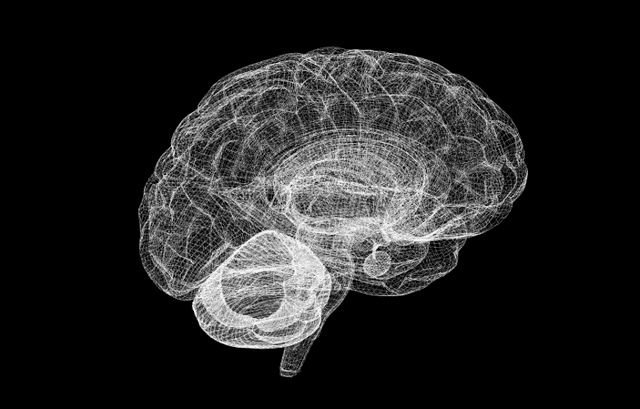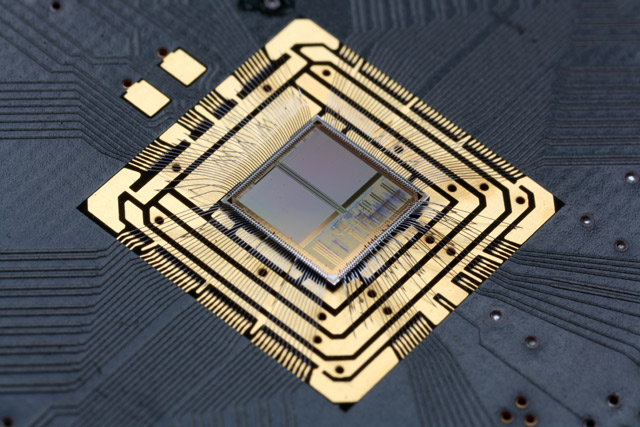The project "Human Brain" officially started

On October 7, Switzerland hosted a congress of 135 researchers from countries that participate in the international Human Brain Project . With a budget of € 1.19 billion, it is designed for ten years and is the largest and most ambitious project to simulate the human brain.
The brain consists of approximately 100 billion neurons and 100 trillion synaptic connections. To simulate such a neural network, large hardware resources are needed, which requires the joint efforts of scientists from different countries.
Financing of the project was approved by the European Commission in February of this year. In the news on Habré then it was reported that the goal of the project is to create a single open platform for experiments with simulating the functions of the human brain, a single open framework. It will be possible to develop and new computer models of emulation, and test new methods of treatment of diseases.
')

Goals and Objectives of the Human Brain Project
The Human Brain Project should be a standard platform for researchers, in which experimental data from various sources will be accumulated. The project involves 130 academic institutions from Europe, as well as selected research groups from the United States, Israel and other countries. The project coordination is entrusted to the Federal Polytechnic School of Lausanne (Ecole Polytechnique Fédérale de Lausanne), Switzerland.
The first “accelerating” phase will take 2.5 years, it officially started on October 7, 2013. During this time, scientists will be engaged in installing and testing software and hardware complexes for brain simulation. By 2016, they should be ready to work and open to all researchers of the Human Brain Project.
For example, below are illustrations of some experiments in the field of neuroscience from various scientific groups participating in the Human Brain Project.
The neuromorphic chip, containing 384 "neurons" and 100,000 "synapses", works about 100 thousand times faster than a biological analog. Perhaps such chips will be the basis of the future supercomputer. The chip is designed by specialists from the University of Heidelberg, Germany (© Heidelberg University).

Neuromorphic chip design (© Heidelberg University).

The SpiNNaker board with 48 nodes and 864 ARM processor cores is capable of real-time computing the model of the processes occurring in the bee's brain. The system is scalable, it is possible to connect together a variety of SpiNNaker boards. In the near future, the system will be able to simulate 1% of the human brain. (© University of Manchester).

Source: https://habr.com/ru/post/196732/
All Articles